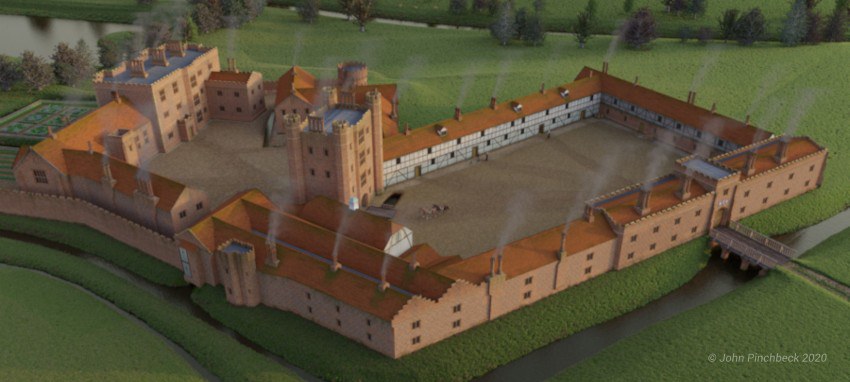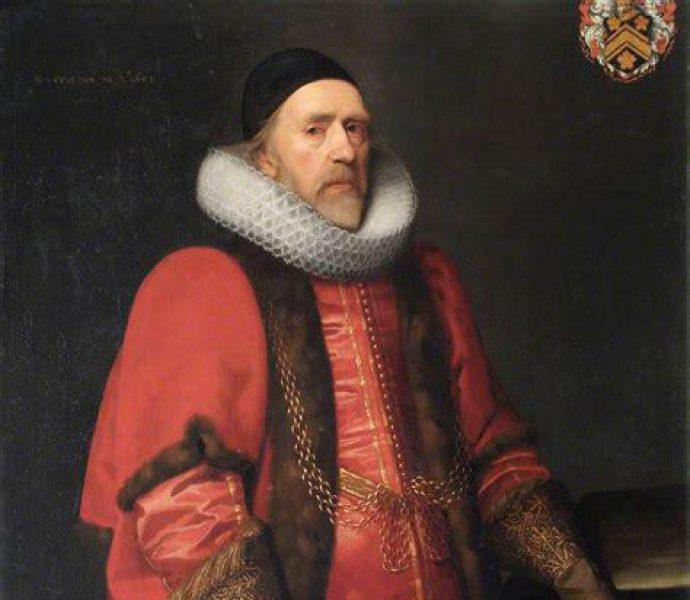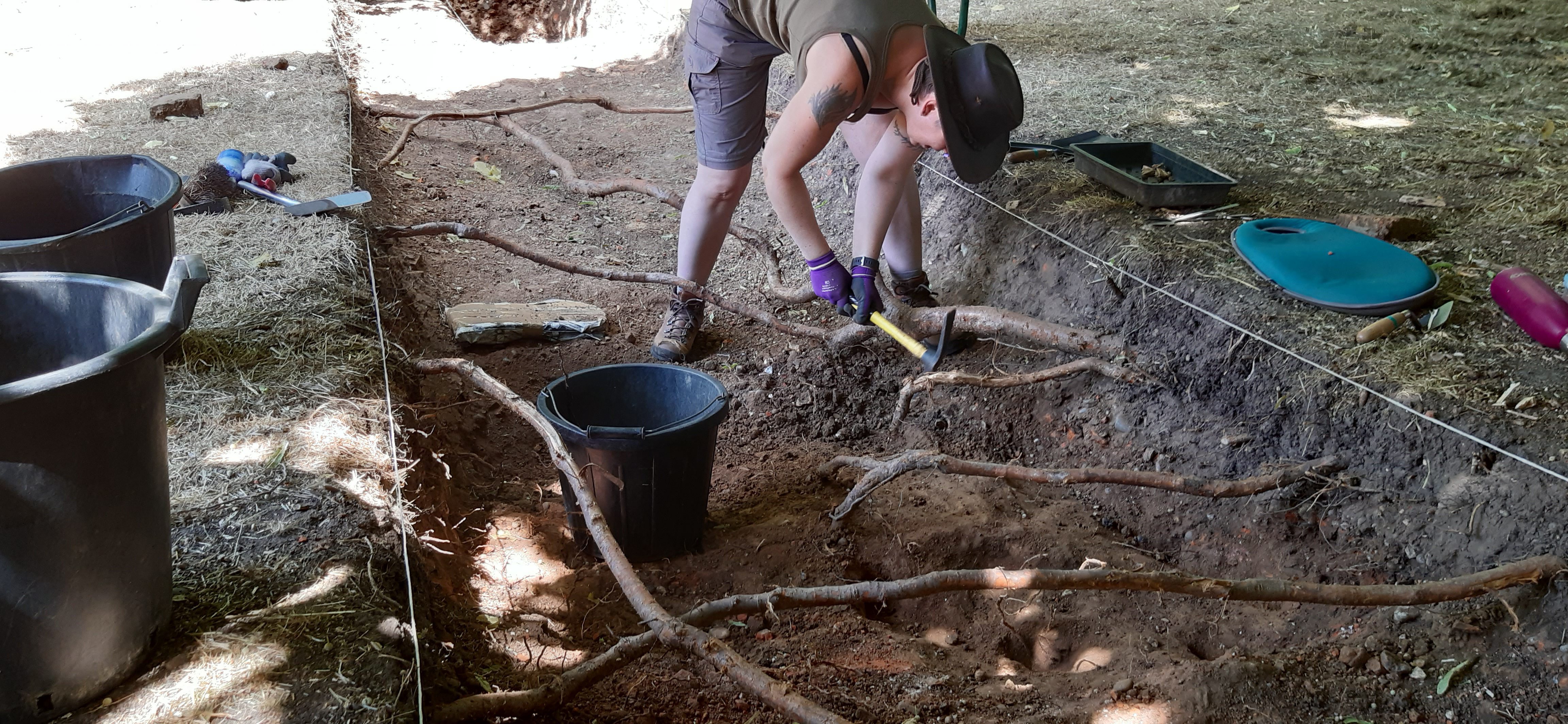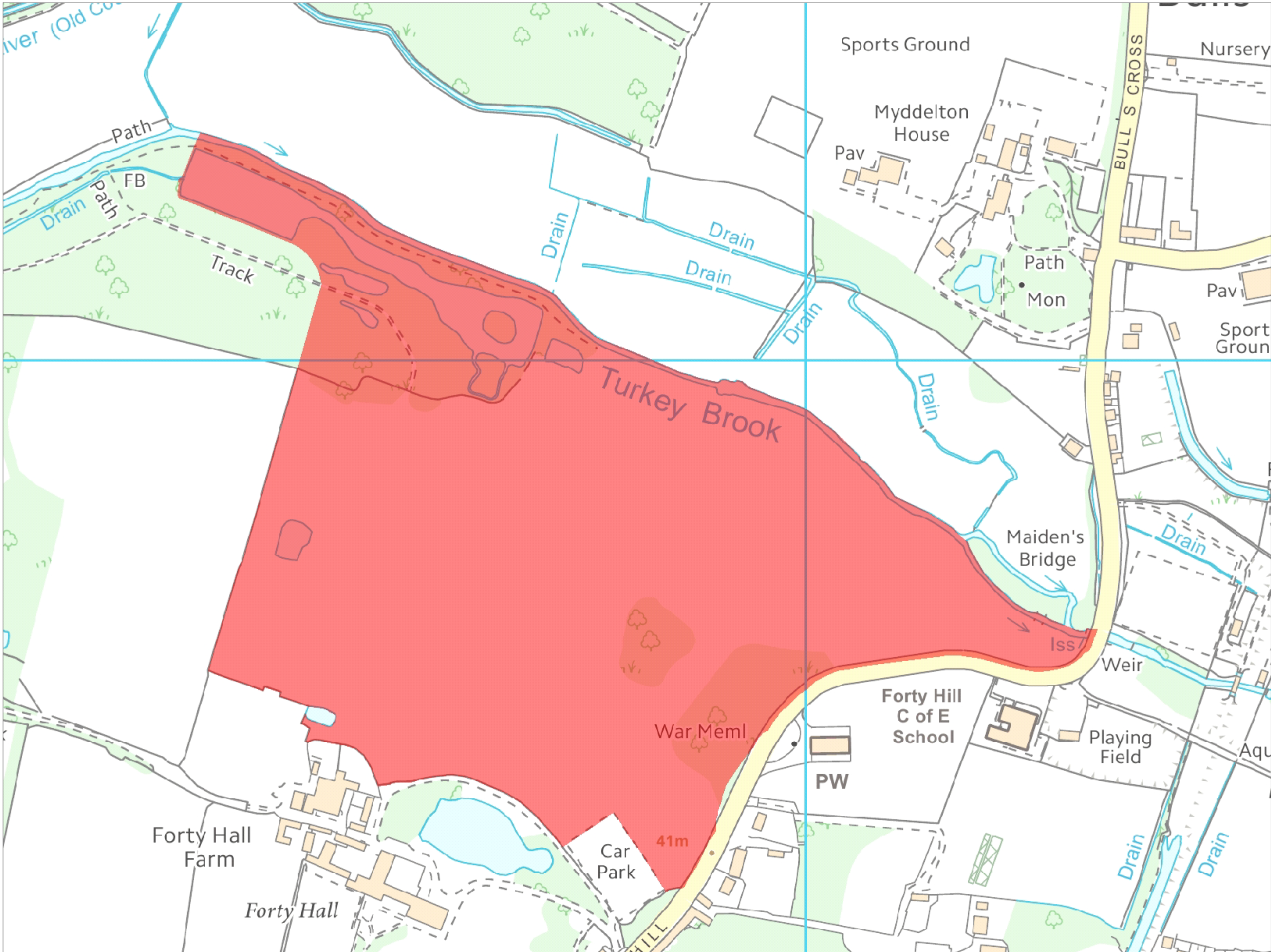Beneath the grounds of Forty Hall Estate lies the remains of a Royal Palace. Elsyng Palace. No images from the time exist of the palace but from excavations that take place every year by the Enfield Archaeological Society it has been discovered that it was of the scale of Hampton Court Palace and with a look similar to that of St James Palace in Piccadilly. The site is so important that it has been designated a Scheduled Ancient Monument by Historic England.
The earliest known reference to Elsyng dates from 1374, when Jordan de Elsyng is recorded as holding part of the King’s fee in Enfield. The Estate passed through a succession of owners until in 1487 it came into the possession of Thomas Lovell who in 1524 bequeathed the Estate to his brother-in-law, Thomas Manner, later Earl of Rutland.
In 1539, the Estate was exchanged for other lands with Henry VIII. The principal royal interest in the manor was Enfield Chase. King Henry used the palace as a base for deer hunting but records show that in 1541 his Privy Council met at the newly renovated palace. The palace was grand and of the scale of Hampton Court with outer and inner courts.
The palace provided a childhood residence for the future King Edward VI and Queen Elizabeth I. It is believed that Prince Edward and Princess Elizabeth were brought the news of their father, Henry’s death whilst at Elsyng in 1547. After his accession Edward carried out repairs to the palace and Elizabeth visited several times whilst Queen.
By 1597, the palace was in decay and in 1608 a warrant to demolish it and use the materials at Theobalds Palace (nr Cheshunt, Hertfordshire) was issued but not fully carried out. The palace was not demolished until around 1656.
Excavations are carried out every year by The Enfield Archaeological Society.




